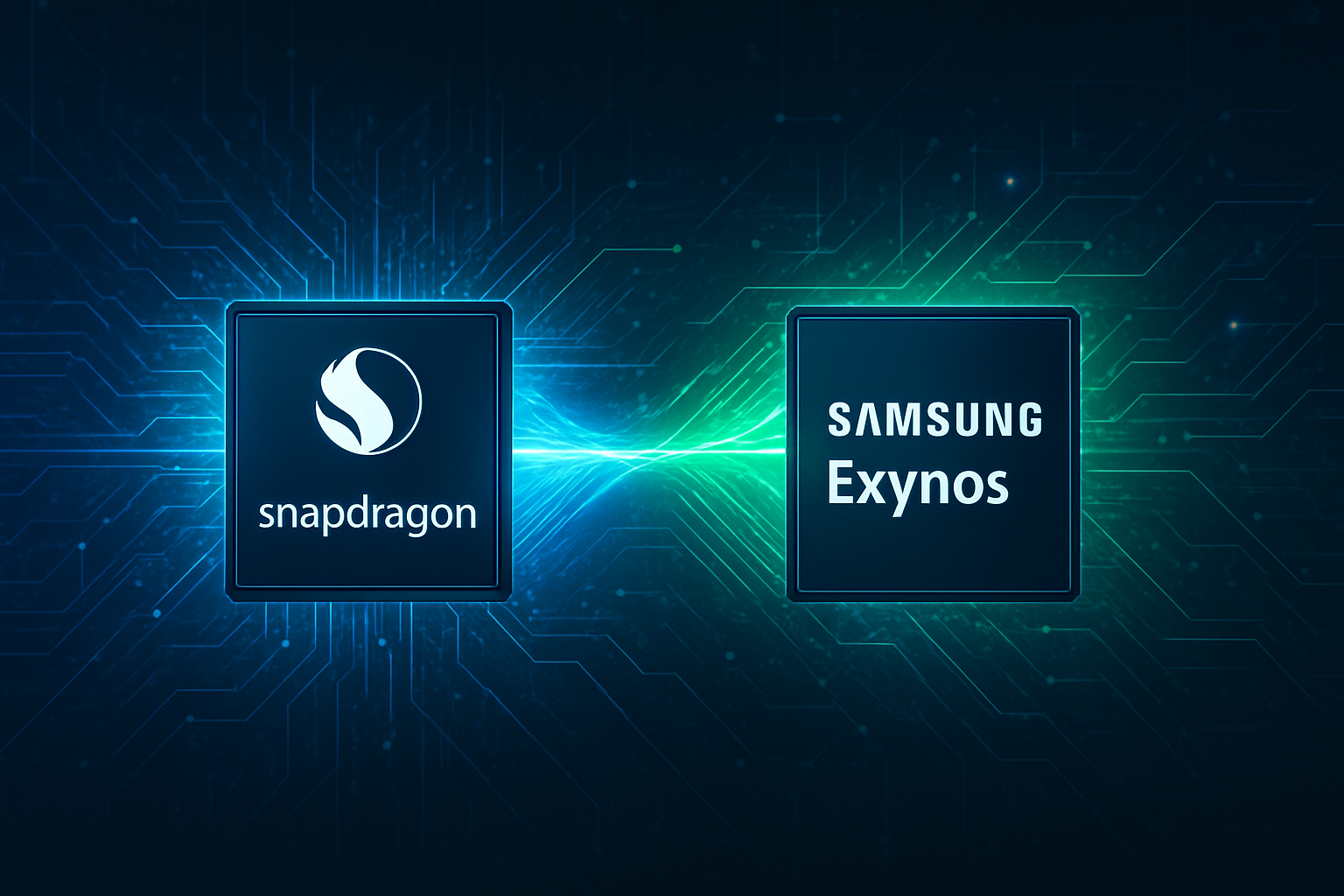Arm Holdings plc (NASDAQ: ARM) is rapidly cementing its position as the foundational intellectual property (IP) provider for the design and architecture of next-generation artificial intelligence (AI) chips. As the AI landscape explodes with innovation, from sophisticated large language models (LLMs) in data centers to real-time inference on myriad edge devices, Arm's energy-efficient and highly scalable architectures are proving indispensable, driving a profound shift in how AI hardware is conceived and deployed. This strategic expansion underscores Arm's critical role in shaping the future of AI computing, offering solutions that balance performance with unprecedented power efficiency across the entire spectrum of AI applications.
The company's widespread influence is not merely a projection but a tangible reality, evidenced by its deepening integration into the product roadmaps of tech giants and innovative startups alike. Arm's IP, encompassing its renowned CPU architectures like Cortex-M, Cortex-A, and Neoverse, alongside its specialized Ethos Neural Processing Units (NPUs), is becoming the bedrock for a diverse array of AI hardware. This pervasive adoption signals a significant inflection point, as the demand for sustainable and high-performing AI solutions increasingly prioritizes Arm's architectural advantages.
Technical Foundations: Arm's Blueprint for AI Innovation
Arm's strategic brilliance lies in its ability to offer a tailored yet cohesive set of IP solutions that cater to the vastly different computational demands of AI. For the burgeoning field of edge AI, where power consumption and latency are paramount, Arm provides solutions like its Cortex-M and Cortex-A CPUs, tightly integrated with Ethos-U NPUs. The Ethos-U series, including the advanced Ethos-U85, is specifically engineered to accelerate machine learning inference, drastically reducing processing time and memory footprints on microcontrollers and Systems-on-Chip (SoCs). For instance, the Arm Cortex-M52 processor, featuring Arm Helium technology, significantly boosts digital signal processing (DSP) and ML performance for battery-powered IoT devices without the prohibitive cost of dedicated accelerators. The recently unveiled Armv9 edge AI platform, incorporating the new Cortex-A320 and Ethos-U85, promises up to 10 times the machine learning performance of its predecessors, enabling on-device AI models with over a billion parameters and fostering real-time intelligence in smart homes, healthcare, and industrial automation.
In stark contrast, for the demanding environments of data centers, Arm's Neoverse family delivers scalable, power-efficient computing platforms crucial for generative AI and LLM inference and training. Neoverse CPUs are designed for optimal pairing with accelerators such as GPUs and NPUs, providing high throughput and a lower total cost of ownership (TCO). The Neoverse V3 CPU, for example, offers double-digit performance improvements over its predecessors, targeting maximum performance in cloud, high-performance computing (HPC), and machine learning workloads. This modular approach, further enhanced by Arm's Compute Subsystems (CSS) for Neoverse, accelerates the development of workload-optimized, customized silicon, streamlining the creation of efficient data center infrastructure. This strategic divergence from traditional monolithic architectures, coupled with a relentless focus on energy efficiency, positions Arm as a key enabler for the sustainable scaling of AI compute. Initial reactions from the AI research community and industry experts have been overwhelmingly positive, citing Arm's ability to offer a compelling balance of performance, power, and cost-effectiveness.
Furthermore, Arm recently introduced its Lumex mobile chip design architecture, specifically optimized for advanced AI functionalities on mobile devices, even in offline scenarios. This architecture supports high-performance versions capable of running large AI models locally, directly addressing the burgeoning demand for ubiquitous, built-in AI capabilities. This continuous innovation, spanning from the smallest IoT sensors to the most powerful cloud servers, underscores Arm's adaptability and foresight in anticipating the evolving needs of the AI industry.
Competitive Landscape and Corporate Beneficiaries
Arm's expanding footprint in AI chip design is creating a significant ripple effect across the technology industry, profoundly impacting AI companies, tech giants, and startups alike. Major hyperscale cloud providers such as Amazon (NASDAQ: AMZN) with its AWS Graviton processors, Alphabet (NASDAQ: GOOGL) with Google Axion, and Microsoft (NASDAQ: MSFT) with Azure Cobalt 100, are increasingly adopting Arm-based processors for their AI infrastructures. Google's Axion processors, powered by Arm Neoverse V2, offer substantial performance improvements for CPU-based AI inferencing, while Microsoft's in-house Arm server CPU, Azure Cobalt 100, reportedly accounted for a significant portion of new CPUs in Q4 2024. This widespread adoption by the industry's heaviest compute users validates Arm's architectural prowess and its ability to deliver tangible performance and efficiency gains over traditional x86 systems.
The competitive implications are substantial. Companies leveraging Arm's IP stand to benefit from reduced power consumption, lower operational costs, and the flexibility to design highly specialized chips for specific AI workloads. This creates a distinct strategic advantage, particularly for those looking to optimize for sustainability and TCO in an era of escalating AI compute demands. For companies like Meta Platforms (NASDAQ: META), which has deepened its collaboration with Arm to enhance AI efficiency across cloud and edge devices, this partnership is critical for maintaining a competitive edge in AI development and deployment. Similarly, partnerships with firms like HCLTech, focused on augmenting custom silicon chips optimized for AI workloads using Arm Neoverse CSS, highlight the collaborative ecosystem forming around Arm's architecture.
The proliferation of Arm's designs also poses a potential disruption to existing products and services that rely heavily on alternative architectures. As Arm-based solutions demonstrate superior performance-per-watt metrics, particularly for AI inference, the market positioning of companies traditionally dominant in server and client CPUs could face increased pressure. Startups and innovators, armed with Arm's accessible and scalable IP, can now enter the AI hardware space with a more level playing field, fostering a new wave of innovation in custom silicon. Qualcomm (NASDAQ: QCOM) has also adopted Arm's ninth-generation chip architecture, reinforcing Arm's penetration in flagship chipsets, further solidifying its market presence in mobile AI.
Broader Significance in the AI Landscape
Arm's ascendance in AI chip architecture is not merely a technical advancement but a pivotal development that resonates deeply within the broader AI landscape and ongoing technological trends. The increasing power consumption of large-scale AI applications, particularly generative AI and LLMs, has created a critical "power bottleneck" in data centers globally. Arm's energy-efficient chip designs offer a crucial antidote to this challenge, enabling significantly more work per watt compared to traditional processors. This efficiency is paramount for reducing both the carbon footprint and the operating costs of AI infrastructure, aligning perfectly with global sustainability goals and the industry's push for greener computing.
This development fits seamlessly into the broader trend of democratizing AI and pushing intelligence closer to the data source. The shift towards on-device AI, where tasks are performed locally on devices rather than solely in the cloud, is gaining momentum due to benefits like reduced latency, enhanced data privacy, and improved autonomy. Arm's diverse Cortex CPU families and Ethos NPUs are integral to enabling this paradigm shift, facilitating real-time decision-making and personalized AI experiences on everything from smartphones to industrial sensors. This move away from purely cloud-centric AI represents a significant milestone, comparable to the shift from mainframe computing to personal computers, placing powerful AI capabilities directly into the hands of users and devices.
Potential concerns, however, revolve around the concentration of architectural influence. While Arm's open licensing model fosters innovation, its foundational role means that any significant shifts in its IP strategy could have widespread implications across the AI hardware ecosystem. Nevertheless, the overwhelming consensus is that Arm's contributions are critical for scaling AI responsibly and sustainably. Comparisons to previous AI milestones, such as the initial breakthroughs in deep learning, highlight that while algorithmic innovation is vital, the underlying hardware infrastructure is equally crucial for practical implementation and widespread adoption. Arm is providing the robust, efficient scaffolding upon which the next generation of AI will be built.
Charting Future Developments
Looking ahead, the trajectory of Arm's influence in AI chip design points towards several exciting and transformative developments. Near-term, experts predict a continued acceleration in the adoption of Arm-based architectures within hyperscale cloud providers, with Arm anticipating its designs will power nearly 50% of CPUs deployed by leading hyperscalers by 2025. This will lead to more pervasive Arm-powered AI services and applications across various cloud platforms. Furthermore, the collaboration with the Open Compute Project (OCP) to establish new energy-efficient AI data center standards, including the Foundation Chiplet System Architecture (FCSA), is expected to simplify the development of compatible chiplets for SoC designs, leading to more efficient and compact data centers and substantial reductions in energy consumption.
In the long term, the continued evolution of Arm's specialized AI IP, such as the Ethos-U series and future Neoverse generations, will enable increasingly sophisticated on-device AI capabilities. This will unlock a plethora of potential applications and use cases, from highly personalized and predictive smart assistants that operate entirely offline to autonomous systems with unprecedented real-time decision-making abilities in robotics, automotive, and industrial automation. The ongoing development of Arm's robust software developer ecosystem, now exceeding 22 million developers, will be crucial in accelerating the optimization of AI/ML frameworks, tools, and cloud services for Arm platforms.
Challenges that need to be addressed include the ever-increasing complexity of AI models, which will demand even greater levels of computational efficiency and specialized hardware acceleration. Arm will need to continue its rapid pace of innovation to stay ahead of these demands, while also fostering an even more robust and diverse ecosystem of hardware and software partners. Experts predict that the synergy between Arm's efficient hardware and optimized software will be the key differentiator, enabling AI to scale beyond current limitations and permeate every aspect of technology.
A New Era for AI Hardware
In summary, Arm's expanding and critical role in the design and architecture of next-generation AI chips marks a watershed moment in the history of artificial intelligence. Its intellectual property is fast becoming foundational for a wide array of AI hardware solutions, from the most power-constrained edge devices to the most demanding data centers. The key takeaways from this development include the undeniable shift towards energy-efficient computing as a cornerstone for scaling AI, the strategic adoption of Arm's architectures by major tech giants, and the enablement of a new wave of on-device AI applications.
This development's significance in AI history cannot be overstated; it represents a fundamental re-architecture of the underlying compute infrastructure that powers AI. By providing scalable, efficient, and versatile IP, Arm is not just participating in the AI revolution—it is actively engineering its backbone. The long-term impact will be seen in more sustainable AI deployments, democratized access to powerful AI capabilities, and a vibrant ecosystem of innovation in custom silicon.
In the coming weeks and months, industry observers should watch for further announcements regarding hyperscaler adoption, new specialized AI IP from Arm, and the continued expansion of its software ecosystem. The ongoing race for AI supremacy will increasingly be fought on the battlefield of hardware efficiency, and Arm is undoubtedly a leading contender, shaping the very foundation of intelligent machines.
This content is intended for informational purposes only and represents analysis of current AI developments.
TokenRing AI delivers enterprise-grade solutions for multi-agent AI workflow orchestration, AI-powered development tools, and seamless remote collaboration platforms.
For more information, visit https://www.tokenring.ai/.









